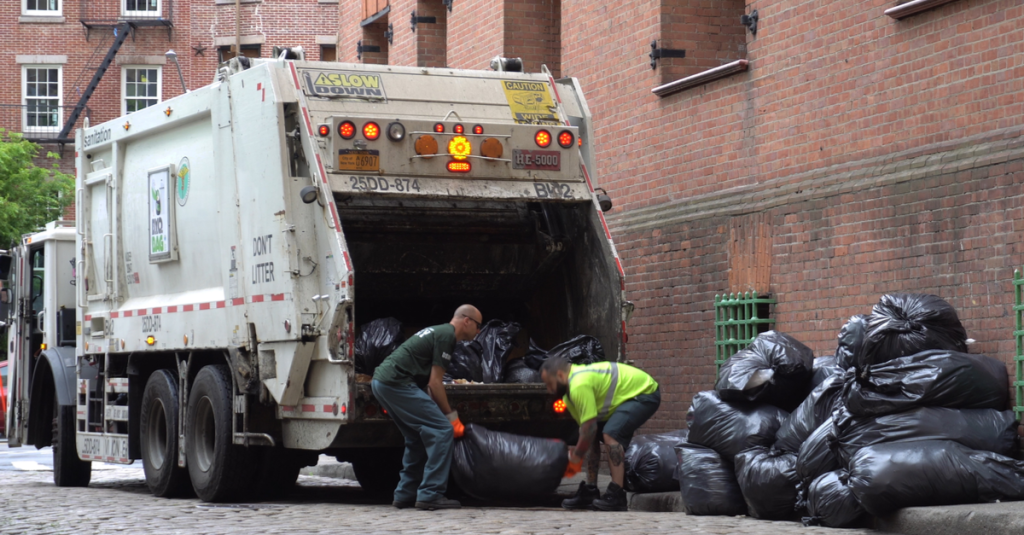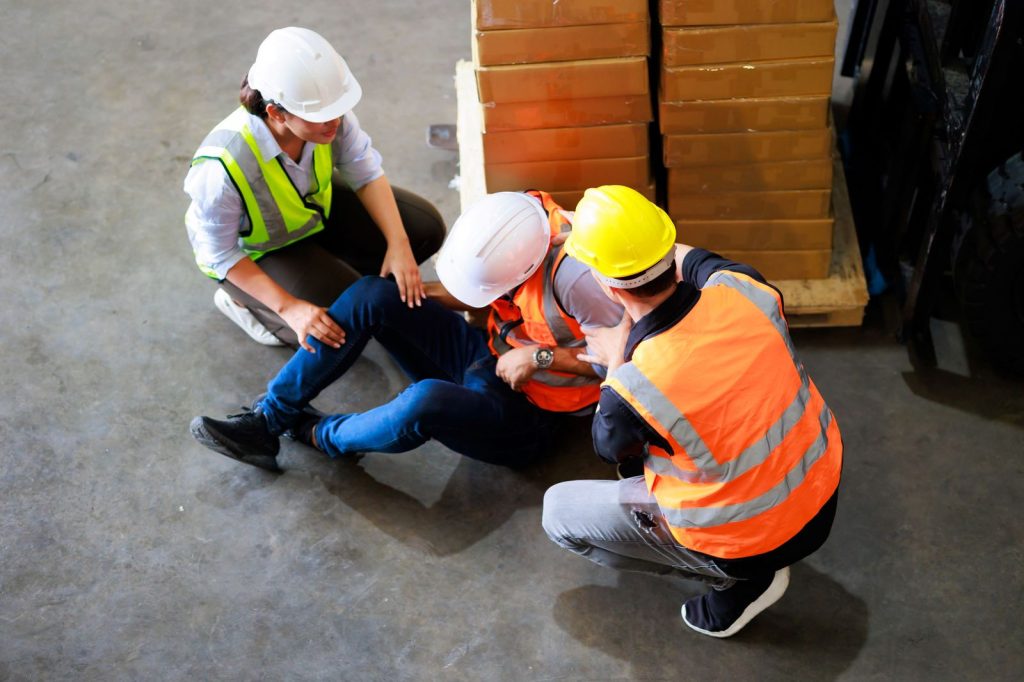Taking Out the Trash – 3 Ways to Keep Waste Management Workers Healthy

Waste collection is a necessary service needed by every community to keep streets clean and sanitary for normal life. Many people would not believe that collecting this waste is one of the most dangerous jobs in the country. Yes, waste collection is consistently ranked as one of the top ten most dangerous jobs in America, with 13 fatal waste collection incidents in October 2017 alone.
Along with assessing traffic, construction and other street hazards, waste management workers must also pay close attention to injury prevention to guard their own health. Injuries from repetitive motion and ergonomic challenges can take workers off the trucks and out of work. Our communities rely on these important workers every day to provide a beautiful environment for all to enjoy. So, let’s take a close look at ergonomic injuries in this industry and ways to keep workers on the job ready to serve their communities.
Common Ergonomic Injuries for Waste Management Employees
Back Pain
Due to the labor-intensive nature of waste collection and disposal, injuries are an all too common event. A 2015 study found 67% of surveyed waste management employees had suffered significant back pain. Bending in awkward positions, twisting, and lifting heavy items can all cause acute back injury or produce symptoms gradually over time. Waste management employees must be extra careful to ensure they do not fall victim to chronic back pain which can lead to long-term quality of life issues.
Sprains & Strains
Waste collection and disposal requires significant manual labor, putting workers at risk of strains and sprains. These acute injuries are the result of abnormal working conditions which fluctuate throughout a normal working day. Bending, lifting, twisting, pushing and pulling increases the risk of waste management employees suffering sprains and strains that can keep them off the job. Because most of the work engages the arms, core and back, the upper body and back are the two areas most susceptible to these injuries. Although common, these injuries can be addressed through smart training to help employees keep their injury risk low and productivity high.
Repetitive Motion Injuries
Climbing on and off of a truck, grabbing a waste receptacle, tossing the waste, and lifting items off the ground are just a few activities repeated countless times on a given day by waste management employees. This frequent repetition accumulating over long periods of time can cause repetitive motion injuries. Shoulder and lower body injuries from lifting, back pain from bending and other repetitive motion injuries can lead to chronic pain, decreased mobility and can ultimately also prevent employees from working effectively. The silver lining here is that repetitive motion claims can be prevented with smart ergonomic practices that assist employees with repetitive motions and lower their risk of injury.
Ways to Improve Ergonomics & Lower Injury Frequency
Continued Education
To prevent the three common injuries above, education is a necessity. Furthermore, continued education is even more important in keeping injury prevention and safety top of mind during employees’ daily job tasks. Experts have stated, “training and retraining are necessary to keep workers’ skills sharp and prevent complacency.” By training and retraining employees on safety best practices, complacency can be avoided resulting in less injuries to waste management workers.
Help Me, Help You
Waste management companies can use their customers to help their employees stay injury-free and on the job. Educational materials for customers on the proper way to position waste for collection can play a big role in lowering injury rates for waste collection employees. When trash is strategically placed out for pick up, it, in turn, gives collectors a more organized workspace. This decreases the potential for moving in awkward positions and leads to safer collection. Waste management companies should send educational materials to customers on how they can help their waste management employees serve them better while also staying injury-free. It is a win-win for all parties.
Proper Equipment = Loss Prevention
Waste collection and disposal equipment can play a big part in cutting down on ergonomic injuries such as back pain or repetitive motion disorders. For example, automated side-load garbage trucks transfer heavy loads away from employees and mechanically complete the task. This by itself is a significant tool to lower injury lifting hazards for employees. Waste management technology can also help reduce the exposure of waste that may pose a direct threat to the health of employees. For example, it can lower the risks of employees being cut, pricked, or scraped by sharp objects or exposed to chemicals.
Wrapping Up
Waste management is without doubt an inherently dangerous industry. The risks are often overshadowed by industries more easily recognized as dangerous, such as logging, commercial fishing, or mining. Waste disposal and collection workers help keep our communities neat, clean and enjoyable. The health of waste management employees should not be overlooked. Custom programs from Work-Fit can help waste management employers ensure they are providing the training, education, and equipment to help lower the probability of ergonomic injuries. A few sound strategies like the ones listed above can help waste management companies keep their workforce happy and healthy while they are out serving the communities they care about.



